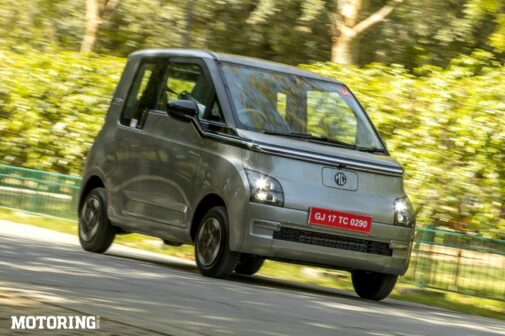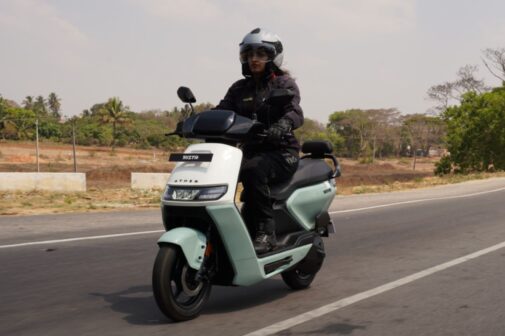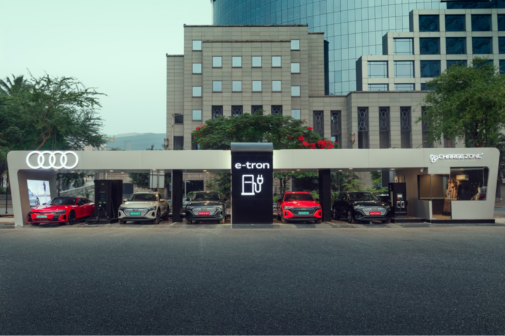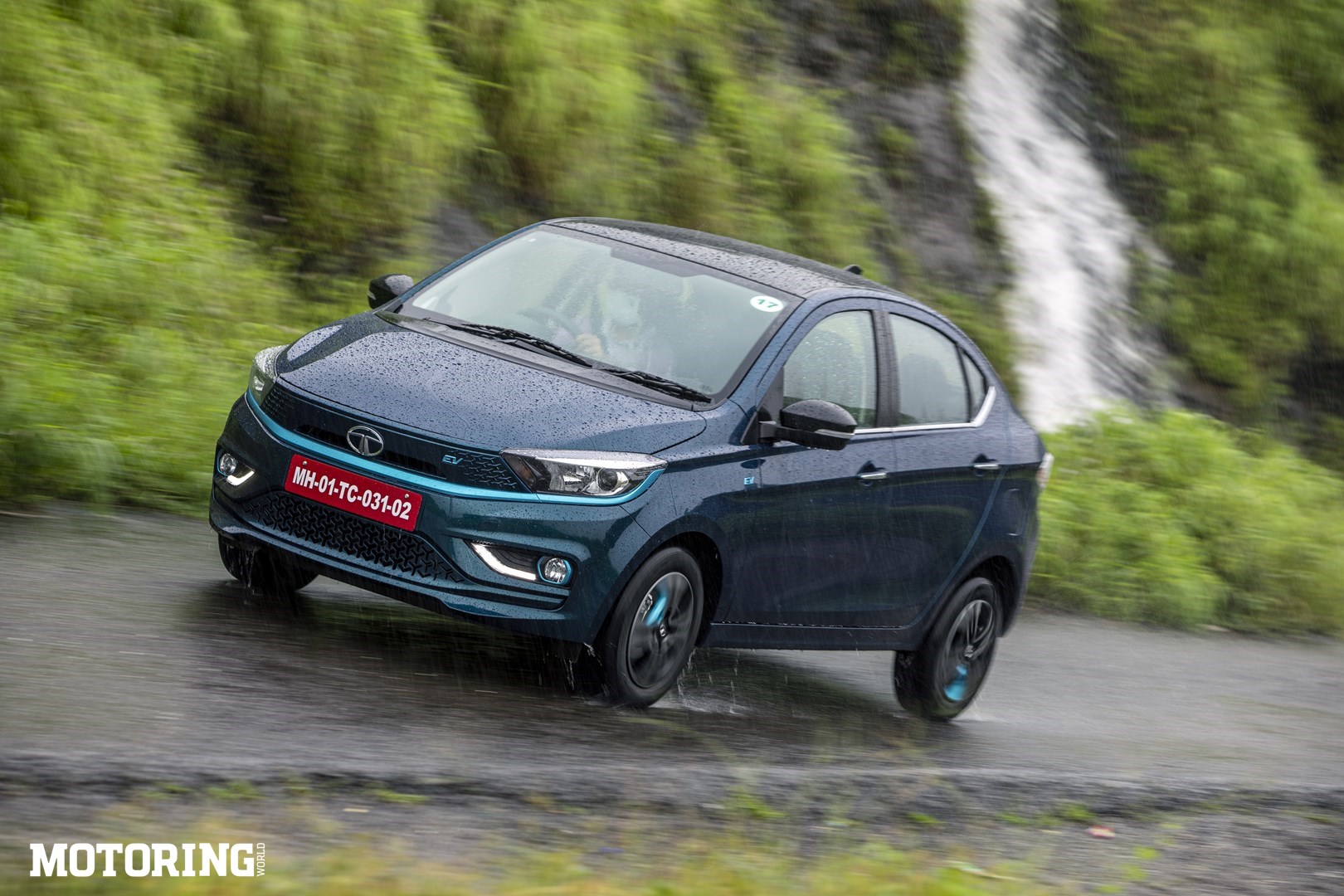A recent Bloomberg New Economy Forum study on the sale of EVs in India has thrown light on some interesting facts and figures, summarised here. Overall, India’s electric vehicle market saw significant growth in 2023, driven by a combination of factors.
Lower running costs: Electric vehicles offer significantly lower lifetime ownership costs compared to traditional fossil fuel-powered vehicles. This is due to cheaper electricity costs and lower maintenance requirements.
More models and subsidies: The availability of more EV models across various segments, coupled with government purchase subsidies, made EVs a more attractive option for consumers.
Growing charging infrastructure: Efforts are under way to improve the network of fast EV chargers, with state-owned fuel retailers playing a leading role.
Growth across segments

Passenger cars: Sales of electric passenger vehicles (including cars and SUVs) nearly doubled in 2023, with compact electric SUVs and low-cost models like the Tata Tiago EV and the MG Comet leading the charge. Shared mobility companies are also contributing to demand. Tata Motors is the runaway market leader in the segment, with nearly 70 per cent market share; MG Motor is next, with 13 per cent, followed by Mahindra with 11 per cent

Electric two-wheelers: Despite reduced subsidies, electric two-wheeler sales remained strong. Rising petrol prices, a wider variety of models, and lower total ownership costs compared to petrol counterparts are fuelling growth. The leaders are Ola Electric, TVS and Ather, with 31, 19 and 12 per cent market share respectively.
Electric buses: Electric bus adoption continues to be driven by government procurement initiatives. Delhi and Maharashtra are leading the way in deploying electric buses, supported by federal subsidies. Tata Motors leads here as well, with a 49 per cent market share.
Maharashtra is taking the lead, emerging as the leader in EV deployment across most vehicle segments, followed by Karnataka. Delhi is making strides in electrifying its public bus fleet.
Challenges and opportunities
Charging infrastructure: While India’s public EV charging network is expanding, the current number of stations are not sufficient for widespread adoption. Additionally, compatibility issues with older charging standards need to be addressed.
Policy push for continued growth

The Indian government is actively supporting EV adoption through various policies and regulations. This includes demand-side subsidies, supply-side incentives for local manufacturing, and potential phase-out targets for fossil-fuel vehicles in certain segments. Further support for charging infrastructure and payment security mechanisms for e-buses are expected to be announced in the coming months.
Overall, India’s EV market is poised for continued growth in the coming years, driven by a combination of lower running costs, government initiatives, and increasing consumer demand.















